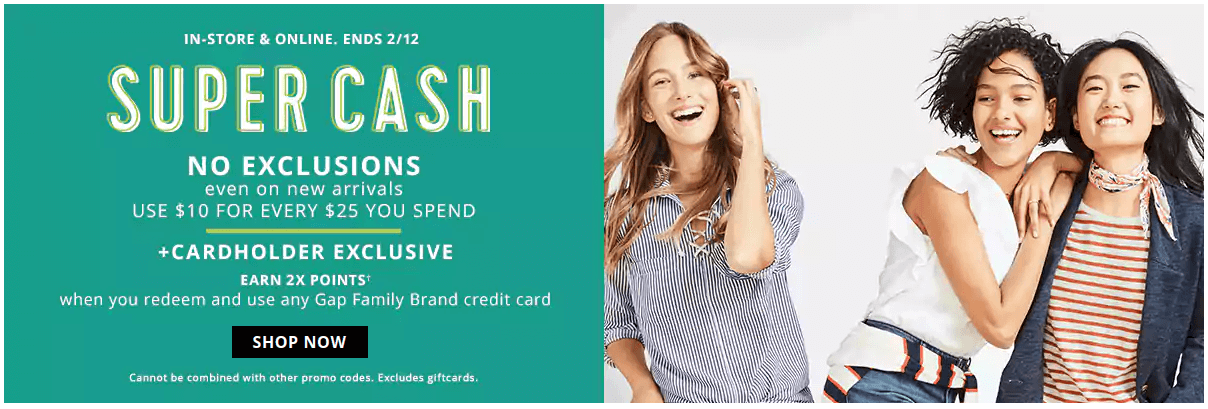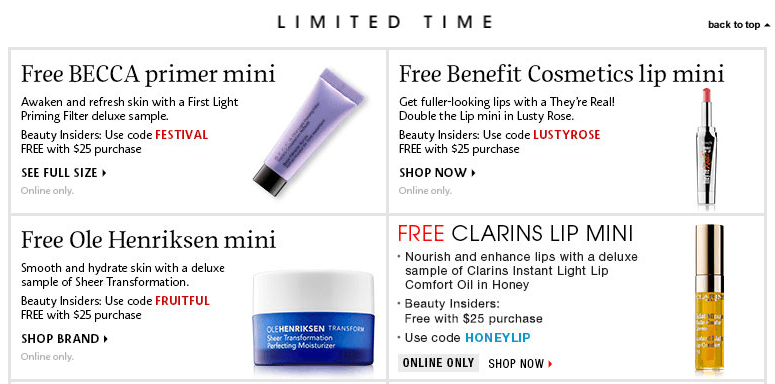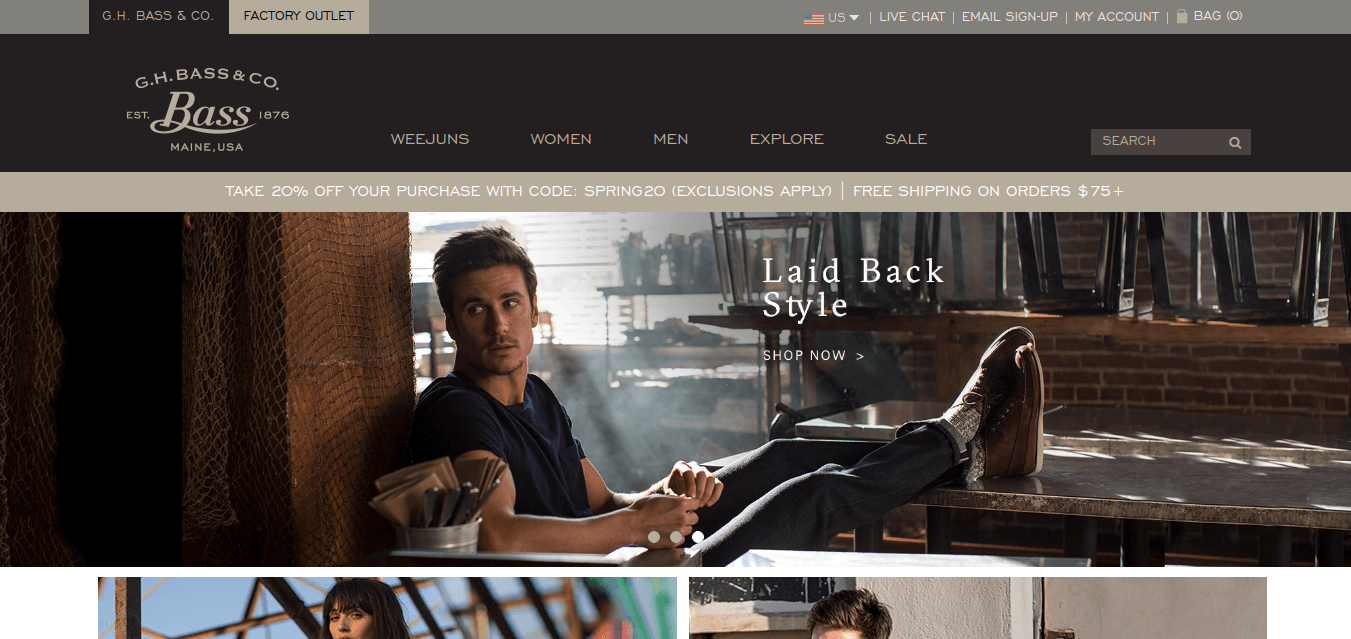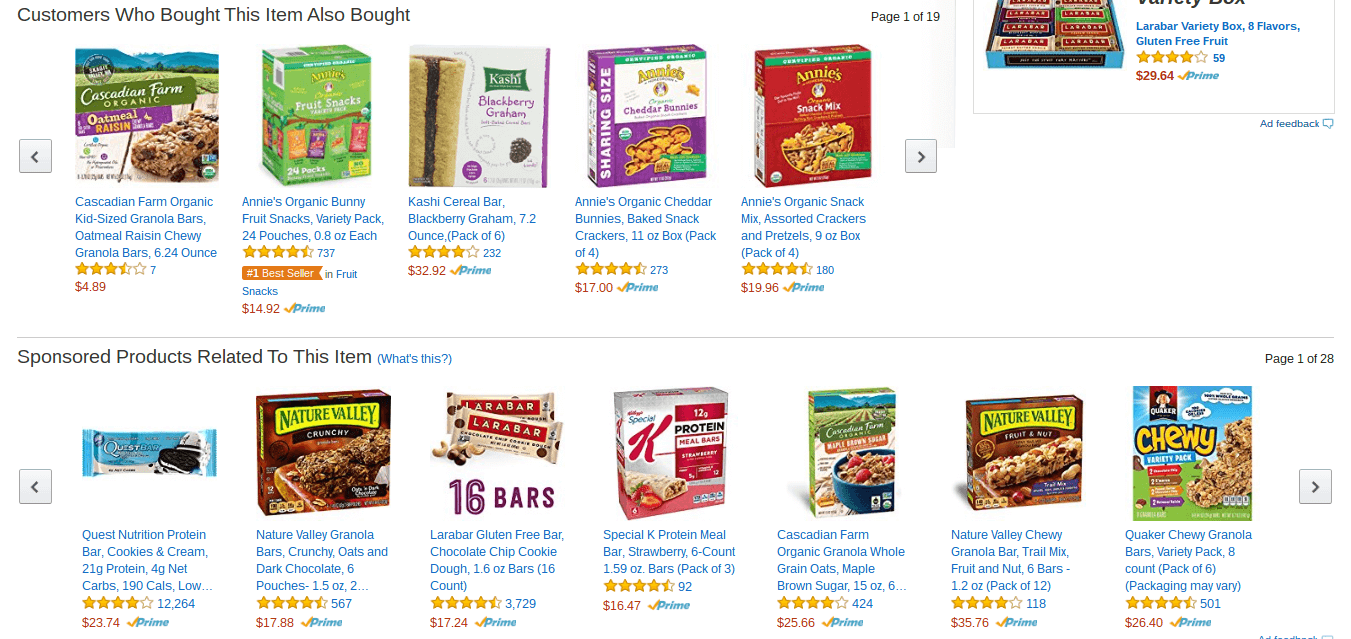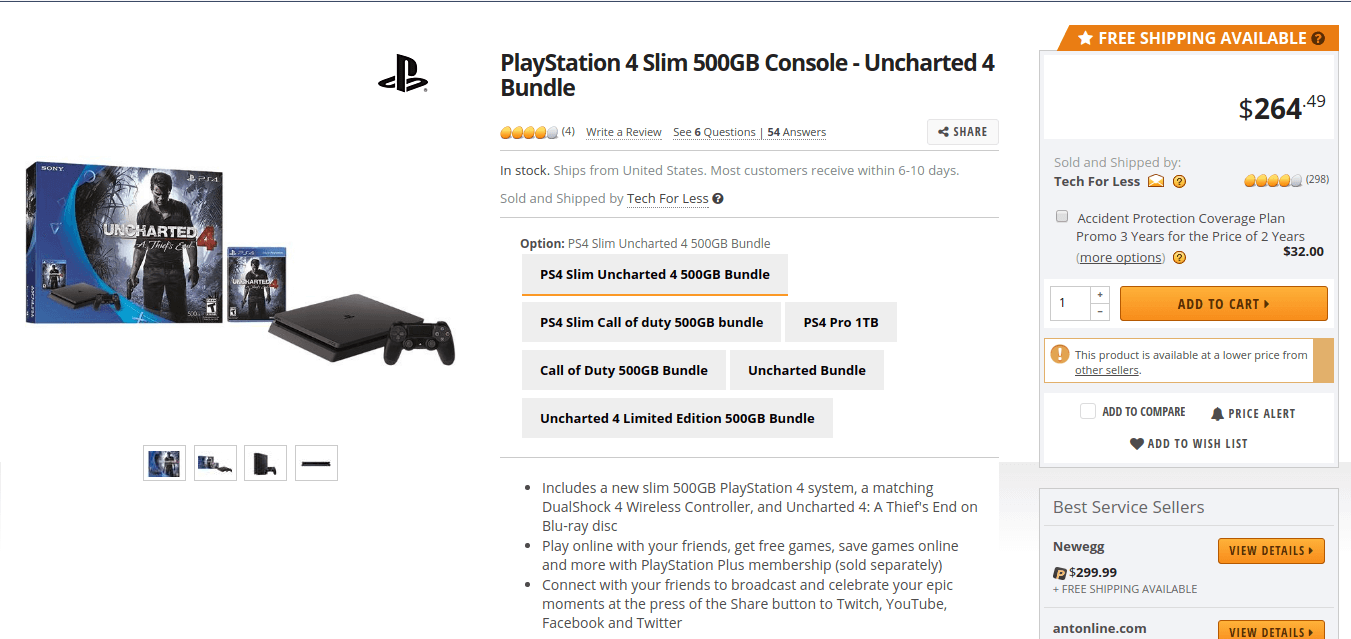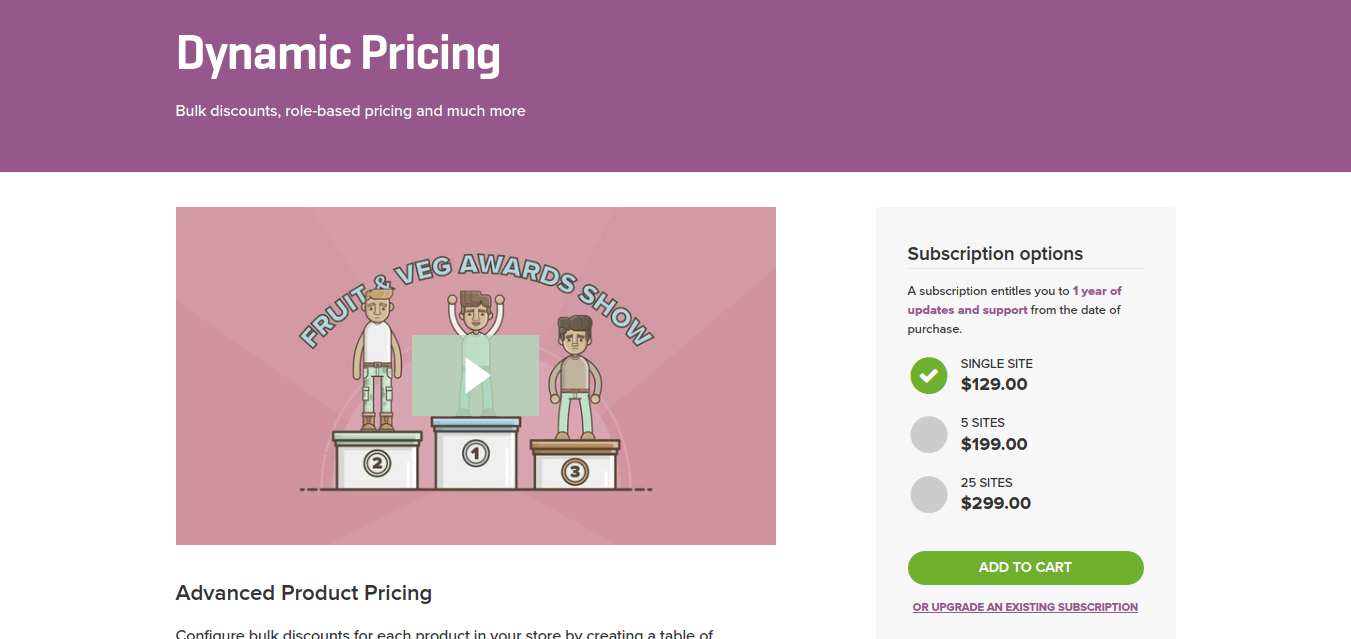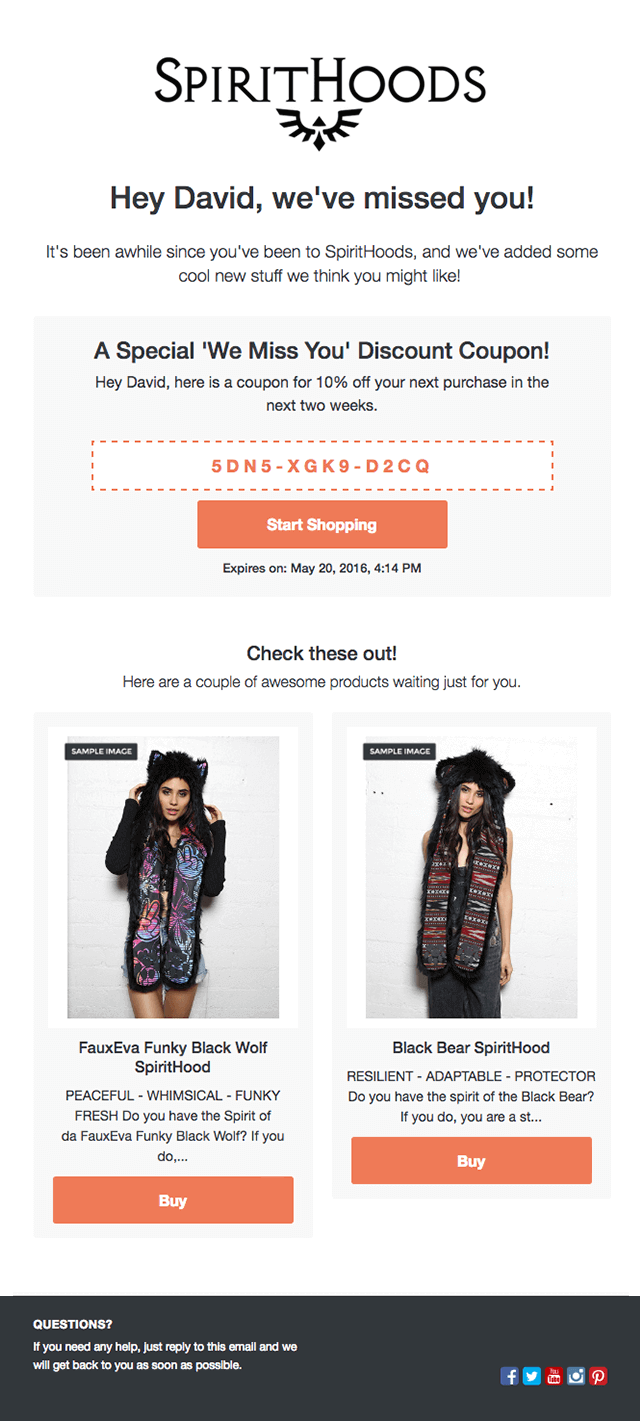How Ecommerce Brands can Increase Customer Lifetime Value
Deep DiveFor newly established ecommerce companies, earning that first dollar is a huge milestone. Next, it’s reaching a certain amount of orders. But without acquiring loyal customers, your business may never truly get off the ground.
That’s because acquiring customers is the first step to building a sustainable business. At that point, the hard work is just beginning. To scale your ecommerce store, you must continue to acquire new customers, but you should also allocate resources to manage customer loyalty and retention.
The goal: to increase your customer’s lifetime value.
Customer Lifetime Value—or LTV—is an important part of developing your business, because you want people coming back. These are the people who will continue to invest in your company and be ambassadors for your brand.
By shifting some of your focus away from acquiring new customers and allocating those energies towards engaging and retaining existing ones, fledgling ecommerce brands begin to afford themselves the luxury of thinking long term.
In fact, a resource by Stitch, Inc. states,
[LTV] helps you make important business decisions about sales, marketing, product development, and customer support. For example:
- Marketing: How much should I spend to acquire a customer?
- Product: How can I offer products and services tailored for my best customers?
- Customer support: How much should I spend to service and retain a customer?
- Sales: What types of customers should sales reps spend the most time on trying to acquire?
Many store owners already know how important improving LTV is. However, a majority still are unable to accurately track it for their own business. One survey found 58% of businesses were unable to measure customer lifetime value.
Read on to discover how to:
- Calculate customer lifetime value
- Benchmark your performance against your peers
- Increase your LTV
- Discover additional ways to grow your bottom line
How to calculate customer lifetime value
A simple equation for calculating LTV is:
(Average value of a sale) X (number of repeat transactions) X (average retention time in months or years for a typical customer)
However, the formula doesn’t account for the costs of acquiring a customer. Consider this as well:
Allowable acquisition cost (how much you’re willing to spend per customer per campaign) and investment acquisition cost (how much you’re willing to spend per customer even though you might take a loss).
For early-stage businesses, it’s important to consider customer lifetime value in the context of their “allowable acquisition cost.”
This is typically the best approach when resources are limited. However, as your customer base grows and revenues become more predictable, ecommerce entrepreneurs should adopt the second strategy.
When bigger brands are ready to scale, they should determine their “investment acquisition cost” and use that to inform future business decisions.
One way to determine your “investment acquisition cost” is to calculate LTV, factoring in average gross margin across your products. Here’s a thorough way stores can accurately assess LTV:
LTV = ((T x AOV) x AGM) x ALT
In this equation, T = average monthly transactions, AOV = average order value, ALT = average customer lifespan (in months), and AGM = average gross margin.
A change in any one of the variables above will have a huge impact on LTV. Because of this, ecommerce marketers should aim to either increase their average product’s gross margin or their average customer’s purchasing frequency, order value, or lifespan.
Using the formula above, store owners can better estimate the value their customers bring to their business.
Ecommerce benchmarks:
Average order value and customer lifetime value
We analyzed data gathered from ecommerce stores using our all-in-one marketing dashboard to determine industry-wide and category-specific benchmarks for average order value (AOV) and customer lifetime value (LTV). We reviewed all the different transactions across 24,353 ecommerce stores using CM Commerce in 2016 and identified:
- 17.9 million shoppers
- 25.5 million receipts
- $1.495 billion worth of transactions
And the results:
- Among all the ecommerce stores surveyed, the average order value was $58.57.
- The average lifetime value of each of these customers was $83.73.
In 2015, RJMetrics published its 2015 Ecommerce Growth Benchmark report which revealed, “Top performing Ecommerce companies have an Average Order Value (AOV) 36% higher than everyone else.” Thus, to truly stand out from the pack, companies should aim for an AOV of $79.66 or more.
A caveat to the data: Every store is different. It’s unrealistic to expect an AOV of almost $60 if most of your products sell for $3 a piece. At the same time, you would be remiss to accept an $84 LTV as your metric for success if your business exclusively sells $300 wristwatches. That said, store owners should consider benchmarking their performance against industry peers.
To help store owners better understand the AOV and LTV of other brands in their niche, we segmented the data we gathered from the CM Commerce Ecommerce marketing dashboard. Across 19 different categories, we found:
- Stores in the Animal & Pet Care category had the lowest AOV ($39.08) and LTV ($57.06)
- Stores in the Furniture category had the highest AOV ($408.96) and LTV ($478.93)
- Average stores in 15 out of the 19 categories had a higher AOV and LTV than the universal average ($58.57 and $83.73, respectively)
- Average stores in 4 out of the 19 categories had a lower AOV and LTV than the universal average

Regardless of whether or not your store outperforms the competition, Ecommerce managers should consistently strive to expand their relationship with their customers and increase LTV.
How to increase the value of your average order
Before your customers check out and complete their purchase, there are a number of ways to encourage them to add more items to their cart, buy in bulk, and purchase premium-priced items to increase their shopping cart totals.
Below are nine strategies you can use to multiply your average order value:
1. Create cash-back rewards to incentivize minimum order totals.
For shoppers, a well-crafted deal can feel irresistible, causing them to consume more than they originally anticipated. An even better promotion also leaves them feeling happier with their purchase (rather than feeling buyers’ remorse).
In a blog post for Kissmetrics, conversion rate optimization expert Fabian Alvares suggests that cash-back techniques can help increase AOV. Alvares elaborates,
Cash-back in the form of gift cards or vouchers such as “Free $10 voucher on your next purchase when you spend $40” can really boost AOV and repeat purchases. You can also build partnerships with other companies which allow gift cards or vouchers to be redeemed at several companies such as “$50 off at CrazyEgg & KISSinsights.”
Not only does this encourage repeat purchases, but it also makes it a no-brainer for customers to buy a bit more to reach the minimum spend threshold so they can earn their cash-back rewards.
2. Provide special discounts with higher shopping cart values.
Unfortunately, shoppers won’t spend more if you’re just asking. You have to offer them something that will make them abandon their earlier shopping budget.
The irony is: Customers are willing to spend more to save an extra dollar. One simple way to encourage higher average order totals is to offer a discount when customers add enough items to their cart to hit a specific spending threshold.
Using tiered minimum order discounts, you’ll see many customers checking out with high enough totals to create a slight discount.
Some bargain hunters who already wanted to buy several of your products may actively try to spend just enough to unlock your next best discount.
Your most loyal customers and the most aggressive coupon clippers will aim to add the right number of items to their cart to trigger your biggest discount (spending $300 or more with the above promotional structure).
Two tips to remember when using this strategy are:
- Be mindful of your margins and set exclusions. That way, the discount won’t apply to low margin products, so you won’t end up selling them at a loss.
- Decide what you want your minimum order value(s) to be, based on what you hope your average order value(s) are after the discount is applied. A $10 savings on purchases of $100 or more, for instance, realistically helps store owners achieve a new minimum AOV of $90 or more with the promotion.
3. Offer free product to encourage specific consumption behaviors.
Another strategy for facilitating higher order totals is offering customers a free gift when they spend more than a predetermined minimum amount. Free gifts customers may enjoy include:
- Your best-selling products in sample size
- Excess inventory you’d like to offload
- Seasonal items that are festive and fun
Ecommerce marketers, alternatively, can also pair certain SKUs together and offer more targeted freebies with specific purchases.
For example, rather than offering customers a free mug when they spend $50 or more at your online coffee shop, you can throw in the mug if they simply add one of your larger coffee bags (40 ounces or higher) to their cart, regardless of their order total.
4. Establish a free shipping threshold.
A free shipping incentive helps drive better sales in two ways. First, many customers are more than willing to spend a bit more to avoid shipping fees. Second, free shipping minimizes shopping cart abandonment.
According to a study by Deloitte, which was featured in VWO’s blog, “40% of customers are willing to buy more items if they qualify for free shipping.”
Special resource: To determine your store’s ideal free shipping threshold, read RJMetrics’ guide titled, “How to Take the Guesswork Out of Your Free Shipping Threshold.”
5. Cross-sell and upsell products.
Amazon drives more than one-third of its revenue from personalized cross-selling, powered by email, product-page and checkout product recommendations. Other ecommerce brands capture more revenue through strategic upsells too, based on the items a customer already has in her cart.
Need something to power your store’s product recommendations? Give CM Commerce a try.
For consumers and store owners, carefully produced cross-sells and upsells are a win-win. And, for ecommerce brands to effectively trigger additional spending, they must factor in up to eight powerful psychological principles:
- Compound value: offering related products together to improve their collective value to the customer
- Convenience: delivering a subscription service to simplify the product replenishment process and instantly multiply your LTV
- Incentives: encouraging additional spending in exchange for marginal savings
- Paradox of choice: minimizing purchasing options to streamline a customer’s decision making process
- Prestige, ego-bait and self-preservation: providing premium product, marketed as almost self-indulgent, to cater to your customers’ egos
- Reciprocation: giving away free product which can encourage customers to want to spend more
- Scarcity and urgency: labeling products that are low-in-stock or highlighting limited-time offers to prompt more impulse purchases
- Social proof: reinforcing the value of certain purchases by featuring positive customer reviews and showcasing your best-selling or trending products
6. Bundle complementary or similar products.
Some of your products are better when they’re bundled in a kit or package. This allows customers to use the items together and enhance the value they receive from each of the goods.
Sometimes individual products alone may not seem worth it to customers, but when you specially curate a package with coordinated items, your shoppers can feel confident purchasing the bundle, simple due to its value.
This inventory management tactic also helps stores increase their average SKU prices, which makes it easier for customers to exceed current average order values when multi-product bundles are added as a single item to a customer’s shopping cart.
7. Provide bulk discounts.
Ecommerce marketers can safely assume customers only add items of value to their carts (even if they don’t complete the checkout process).
So, increase AOV and incentivize your shopper to spend more: Introduce bulk discounts on purchases of two or more of the same product.
VWO’s Mohita Nagpal shares an illustrative example,
Paperstone, an office supplies company, used Visual Website Optimizer to launch a bulk discount deal on its website. It ran an A/B test and found the bulk discount deal increased its average order value by 18.94% and revenue by 16.85%.
Knowing they can save more now, consumers may be inclined to stock up on items they love.
8. Offer financing on high-ticket items.
Companies with high-priced products commonly encounter hesitant shoppers who are reluctant to spend hundreds of dollars (or more) on a single purchase.
In fact, for some shoppers, saving up that much money to use all at once may not be easy. So, to enable your customers to acquire the products they want, ecommerce stores can offer order financing.
Financing options remove a lot of the friction that comes with purchasing high-ticket items. They even open doors for customers who couldn’t otherwise afford an item up front (a $3,295 watch, for instance).
A few tools for customer financing are:
9. Clearly state an easy and painless return policy.
Most customers are concerned about the items they purchase: Can they return them if it’s not a good fit?
So, to increase the chances of a higher AOV, stores should offer and highlight an easy, painless return policy that should encourage shoppers to try more of your products risk-free.
Three things to remember:
- Make sure you’re targeting the right customer with the right product to minimize your rate of returns.
- Don’t push products that are a poor fit: This can lead to a decrease in customer satisfaction.
- Also, educate your customers and maximize the value of their purchase.
How to increase purchasing frequency
After you’ve passed the first hurdle of acquiring a customer, the next challenge is getting them to return and place repeat orders. And it’s clear why.
Our research shows that repeat customers, on average, have a 27% higher average order value when compared to first-time shoppers. What’s more, loyal customers have a lifetime value that’s 253% higher than your average first-time buyer.

So what’s next? Four tactics to convert first-time buyers into repeat customers.
1. Spruce up your post-purchase emails.
After a shopper completes a purchase, ecommerce brands can employ different email marketing tactics to re-engage their acquired customers.
In your post-purchase correspondence (whether it be a customer’s receipt, a follow-up email or a win-back campaign), think about ways to strategically prompt repeat purchases.
Want smarter receipts? Add CM Commerce to your Bigcommerce, Shopify or WooCommerce store and increase sales by 5% in just a couple of minutes—for free. Learn more here.
And don’t forget to make that receipt/transactional email valuable. Here are some ideas:
- Product education materials that’ll help them learn more about the products they’ve already purchased
- Reminders of products they’ve left in their shopping cart or wishlist
- Coupons and other special promotions you’ve offered exclusively for your customer
- Notifications that certain products are back in stock
- Personalized recommendations of items your customer may like (based on purchase history)
Need a clearer roadmap for the emails you should be sending? Here’s a comprehensive post on the 12 emails every ecommerce brand should send.
2. Include unexpected rewards in your product’s packaging.
There’s a ton of anticipation and buildup leading to the unboxing experience. Some have spent days, even weeks, contemplating their purchasing decision, only to wait a little while longer for their order to be packaged, shipped, and delivered.
When it arrives at the customer’s door, there’s always a sense of excitement, and that’s something store owners should capitalize on.
To capitalize on your customers’ excitement, include unexpected extras in your products’ packaging, such as:
- Free samples so your customers can try out the rest of your inventory
- Special, limited-time discount offers to get them coming back
- A creative and handwritten thank you note to increase customer loyalty
Within your product packaging too, consider asking for (and maybe even incentivizing) customer feedback. Here are three reasons why a prompt for customer reviews is important:
- Your most recent customers can help you identify ways to improve the purchasing experience
- A positive review can be used in later marketing materials to acquire additional customers
- A negative review gives you the opportunity (one you might not have otherwise had) to win back disappointed shoppers
3. Employ email drip campaigns.
Five major types of drip email campaigns or series are:
1. The welcome series: This effectively introduces new customers to your brand and can include up to four emails delivered over four weeks.
2. The post-purchase series: This engages customers shortly after their most recent purchase to gather feedback and encourage repeat orders.
As you can see in the example below, this can include up to five emails over four weeks.
3. Win-back campaigns — For idle or inactive customers who have stopped engaging, this is a three-part drip campaign that takes a ‘last ditch’ approach to reconnecting with former customers over two weeks.
4. Abandoned cart follow-ups — Your customers may not always be ready to commit to their purchase when they’ve added items to their shopping cart. To recover more of your abandoned carts, use this three-email series over three days to bring those shoppers back to complete the checkout process.
5. Anniversary emails — Once a year, you get to celebrate a special occasion with customer by offering them a fun reward for their loyalty.
4. Use retargeting and other advertising strategies.
Your business can only thrive if you’re able to recapture the attention of existing customers over and over again.
To keep your brand top of mind while customers browse, use retargeting and other advertising strategies to complement your email marketing initiatives. Here are several paid marketing campaigns you can pursue:
- Retargeting ads to shoppers who’ve already visited your store
- Product listing ads which allow customers to browse your products on Google and other search engines
- Facebook ads which show up in-feed (on a customer’s Facebook News Feed or Instagram feed) or as side banner ads
- Promoted Pins on Pinterest which feature your products alongside similarly styled pins
Your goal shouldn’t be to only convert first-time buyers into repeat shoppers. You should aim to get all of your customers to complete new purchases more frequently.
Data shows that, on average. with every new purchase a customer makes, their average order value increases (and, naturally, their lifetime value also increases).
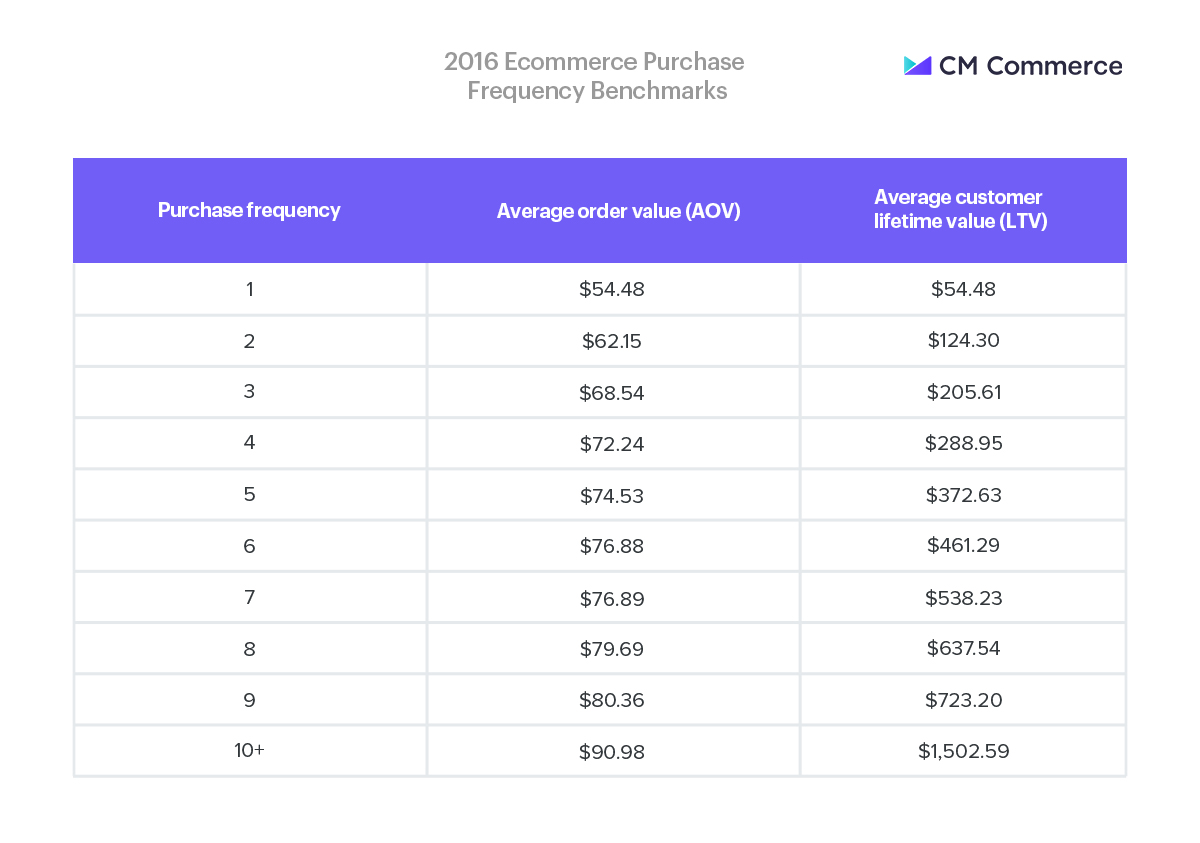
How to retain existing customers, increase their lifespan, and minimize churn
According to Harvard Business Review editor Amy Gallo, “acquiring a new customer is anywhere from five to 25 times more expensive than retaining an existing one.”
Knowing that, store owners should allocate a large portion of their marketing dollars towards retention marketing to minimize customer churn.
When business owners begin to solve the issues that cause customer churn, they see a huge positive impact to their bottom line. Research from consultancy Bain & Company claims, “increasing customer retention rates by 5% increases profits by 25% to 95%.”
To build lasting relationships with customers, companies need to employ a multi-channel and integrated ecommerce marketing strategy.
A word of advice: every organization has a finite amount of marketing resources. Avoid spreading your marketing budget and staff hours too thin by trying to be good at everything.
Instead, invest in the one to three major channels that attract your ideal customer.
Another major way of encouraging customers to remain loyal to your brand is by helping them extract the most value from their purchase. To do this, you need to offer thorough customer education materials and responsive customer support.
Additionally, shoppers become fiercely loyal to businesses that regularly interact with them and act on user feedback.
How to improve product margins
Most ecommerce managers are inclined to offer their customers their lowest prices possible, forcing themselves to operate on razor-thin margins. While it’s noble to want to give your shoppers a good deal, lower prices may be a hindrance to long-term growth.
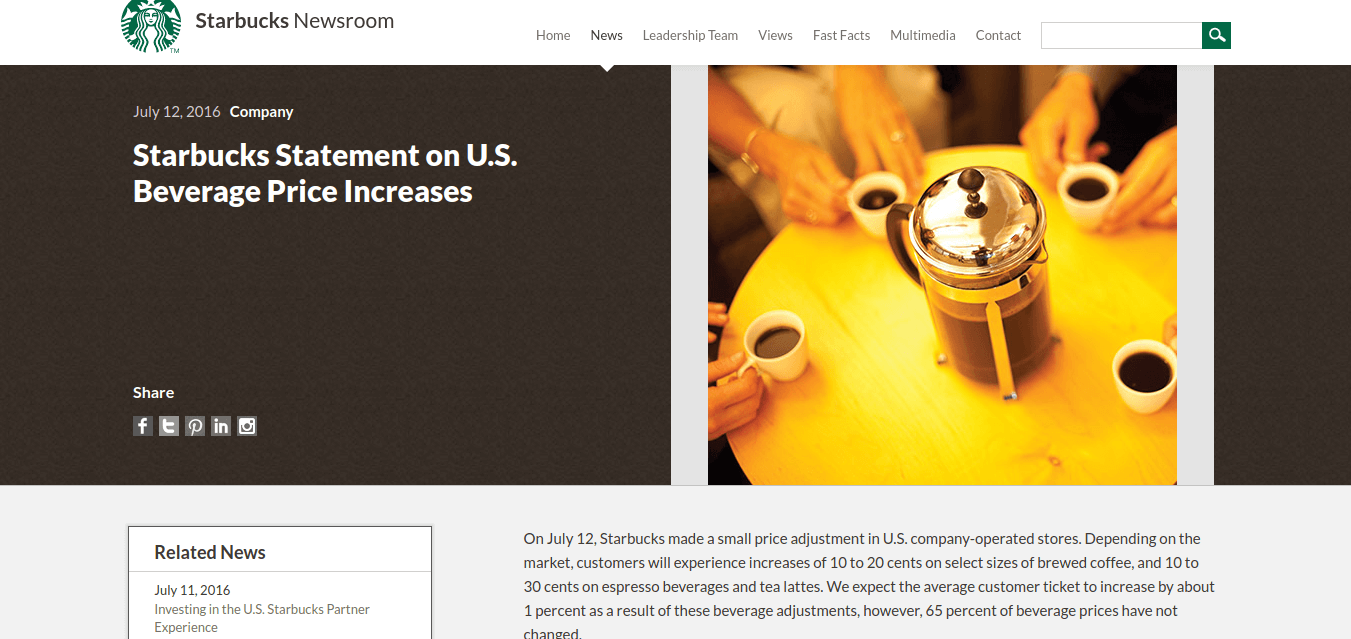
One way to increase your LTV is to raise your average gross margin. To accomplish that, do one of two things:
- Raise prices
- Lower costs
Though the idea raising your prices may feel uneasy, you must realize that you’re actually doing yourself a disservice by maintaining your current prices.
In fact, customers can accept price increases from stores they frequent,and most customers are actually accustomed to regular price fluctuations.
If you’re like most ecommerce stores, though, you probably haven’t adjusted your prices recently. But luckily, there are simple steps you can take.
For stores that want to offer free shipping and full refunds on all customer orders too, you can use strategic increases in price to offset the cost of shipping product and the inevitable cost of returned goods.
To improve your margins, businesses may also work out better rates with all of the vendors up and down their supply chain. You may be surprised by how much leverage you actually have when you arrive at the negotiating table with your manufacturing partners and shipping providers.
A few tactics you can use to get more favorable rates are:
- Knowing your supplier’s costs.
- Agree to longer-term contracts. This allows you to set predictable costs now and mitigate against future rate raises.
- Offer indirect value (whether you’re offering referrals to other clients or an opportunity for your supplier to enter a new market).
- Purchase product off-season. Some manufacturing facilities have cyclical sales, which means they’re in high demand during the holiday seasons but low demand other times during the year.
- Keep alternative options available. Regularly send out requests for proposals to other suppliers who may offer more favorable prices, which your existing vendors may feel compelled to match.
- Provide cash up front. If you’re in a cash flush position yet want to curb your costs, offer your vendors agreeable payment terms with more cash up front in exchange for a discount on services.
Four more tips for maximizing LTV
To further fuel business growth, ecommerce entrepreneurs need to do four things:
- Discover who your most valuable customers are
- Figure out how to acquire more quality shoppers
- Nurture deeper relationships with the rest of your customer base
- Determine when and how to gracefully fire bad and unprofitable customers
1. Identify your most valuable customers.
When you audit your customer base, store owners instantly see a huge spread between their least active and most active shoppers.
At that point, identifying your biggest spenders and most profitable customers is easy. Common behaviors they’ll exhibit include:
- Buying high-margin products
- Paying full price for products
- Seldom amending or cancelling orders
- Demanding less after-sales service
This helps keep margins healthy and customer service headaches to a minimum.
Once you’ve developed a buyer persona for your most valuable customers, the next hurdle is discovering where they came from and how you can acquire more of them for your business.
2. Gain higher quality customers.
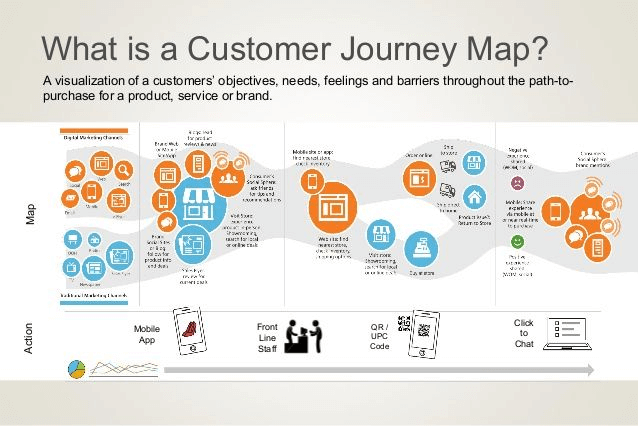
After you have identified your most valuable customers, you can work backwards to see how you’ve acquired them in the past. How did they learn about your company? What have their pain points been? What has excited them?
That way, you can identify the marketing channels where more high-value customers may live. For instance, if you notice most of these customers came from a particular audience segment on Facebook, you will want to double down on campaigns targeting that segment.
Alternatively, you can see if there are any common threads in their purchasing behaviors.
For example, an electronics store may realize their most profitable customers are those who have purchased at least one laptop from them in the past.
That’s because those same customers will then return to the store and purchase anywhere between three and 15 tech accessories. Compare that to the average shopper who typically buys a handful of cheap smartphone accessories and has a LTV that is one-tenth the value of the store’s laptop buyers. In this instance, managers of the electronics store should try and push more customers to purchase a laptop.
Bottom line: Finding your most valuable customers may be easier than you think. Ecommerce marketers can pinpoint ways to make existing customer relationships highly profitable.
3. Build authentic and profitable relationships with all your customers.
Your best customers exhibit uncommon behaviors compared to the rest. They probably spend more time on your site, more money during each visit, and they most likely refer your brand and leave positive reviews.
To improve customer engagement, a few key strategies are:
- Build an authentic brand with values and a mission that resonates with customers.
- Prioritize customer success to ensure customers extract the most value from their purchase.
- Create engaging content to encourage ongoing brand conversations.
- Listen to your customers and act on their feedback.
- Invest in research and development to improve existing products and produce new ones.
Only the highest-performing ecommerce brands will be able to achieve all of these things, which will help their business gain a competitive edge that will be irresistible to shoppers.
Your customers demand the best. And you should strive to build an ecommerce brand and store that’s deserving of their hard-earned money.
4. Terminate relationships with bad customers.
The sad truth is: not all customers are quality shoppers. What’s worse: some customers are simply undesirable.
What is a “bad customer?” Bad customers commonly request frequent refunds and dispute orders through their credit card companies, which can lead to costly chargebacks.
Maybe they spend more time talking to support than they do purchasing items from your company. Worst of all, they might be verbally abusive toward your business or other customers.
While it’s easy to decide to let a buyer with bad behavior go, ask yourself the following questions before you blacklist anyone:
- Are there fundamental flaws with my product or delivery that’s causing customers to ask for refunds?
- Is my customer success team slow to respond when customers call or email in to complain?
- Do we need to produce additional customer education materials to help users fully understand how to get the most out of their purchase?
- Are bad customers placing a huge strain on customer service resources and are they negatively impacting team morale?
The answers to these questions can help you distinguish between challenging customers and bad customers. Challenging customers provide room for improvement, while bad customers are a lost cause.
As a store owner, it’s important that you treat bad customers with class and tact to preserve your brand’s overall reputation. Hopefully, too, this can help mitigate the backlash you receive from abusive customers you’ve “fired.:
Markidan offers a four-step process for doing this:
- “Be positive and appreciative.” Even when you deliver bad news, Markidan says that “the use of positive language can defuse hostility and leave the customer feeling better at the end of the interaction.”
- “Re-frame the situation.” Don’t place blame on the customer. Also, avoid a confrontational tone, as that may trigger further aggression from your customer. Instead, point to what Markidan calls your business’s “inability to meet their needs.”
- “Make the customer whole.” Provide full or partial refunds to departing customers as a final act act of goodwill. Though the cost may be avoidable for most ecommerce businesses, it’s a small price to pay to rid yourself of a problem customer and to be able to reallocate your resources towards more scalable activities.
“Apologize, and suggest an alternative.” Nothing is more humbling than saying, “We’re sorry.” Acknowledge that you didn’t meet your customer’s needs to help them feel heard and their concerns validated. To part on even better terms, suggest other stores your customer can shop at to fulfill their needs moving forward.
Wrap up
The most successful ecommerce brands obsess about customer lifetime value and combine customer success, marketing, product development and innovation, cost management, and pricing strategy to tackle issues they face with their AOV and LTV.
Hopefully, after you execute some of the aforementioned tactics, you’ll see an increase in your LTV, enabling your business to grow even faster moving forward.
Get your ecommerce email strategy streamlined, with CM Commerce.
